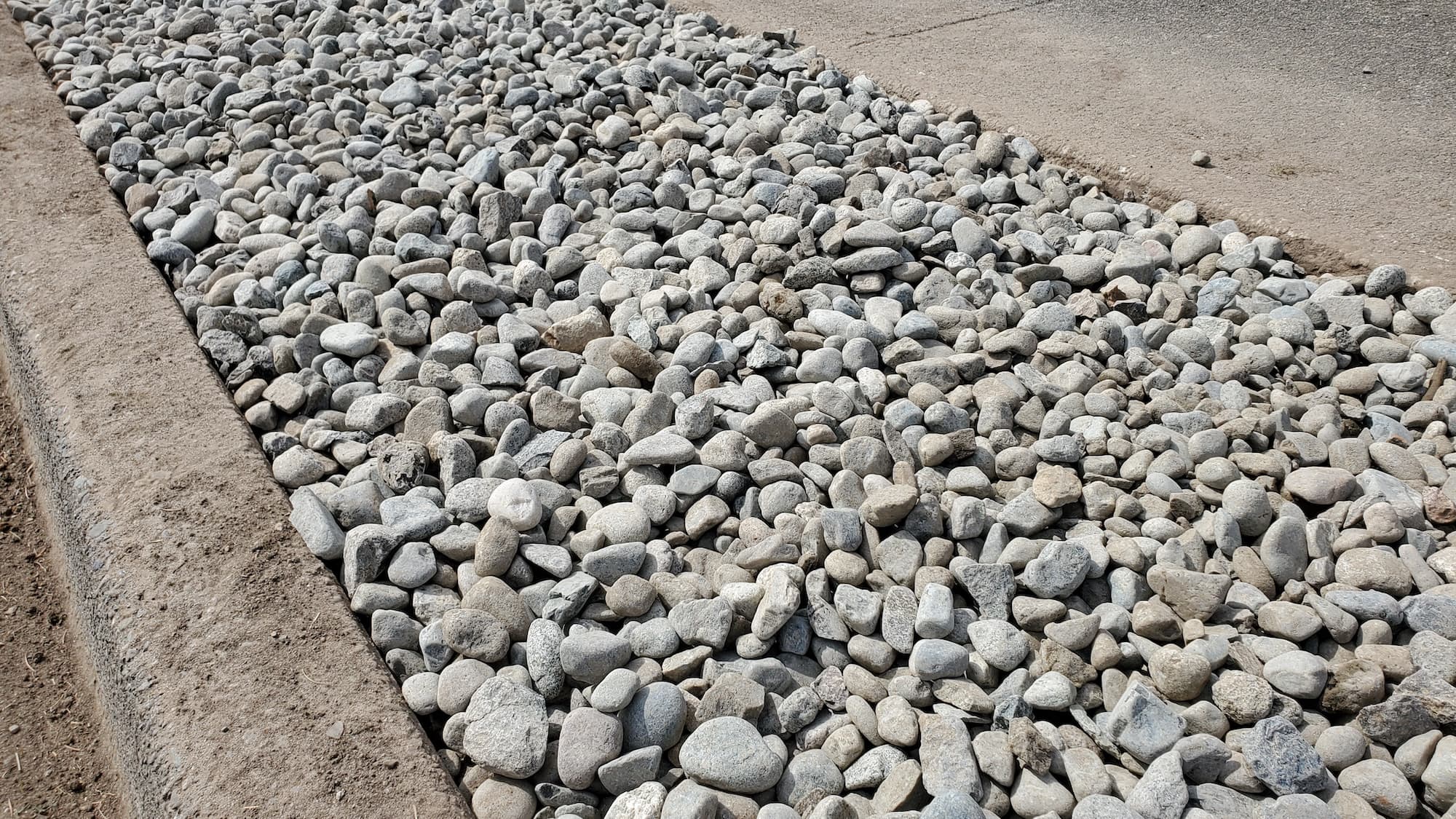Gravel Pea Gravel Garden Path
Homeowner’s Issue
Gravel yards around Gravel face a few repeating headaches: heavy seasonal rain, compacted clay pockets, and moss that loves our cool, shaded corners. Many yards sit on slight slopes that send water toward foundations or create muddy routes to the garden gate. Sun exposure varies block-by-block — full sun along south-facing fences and deep shade beneath mature maples — so plant choices and surface materials need to match each microclimate.
Pea gravel gives a breathable, permeable surface that reduces runoff and settles into uneven ground without cracking like concrete. But left unchecked, weeds and displaced stones can look messy, especially after a long wet winter. Homeowners want something that’s low-maintenance, safe for kids and pets, and that improves curb appeal without constant upkeep. Near spots like Westcrest Park and Highland Park, we see lots of properties benefit from properly installed gravel paths with good edging and 2–3 inch coverage to keep stones in place and water flowing where it should.
Our Quality Service
We design and install pea gravel paths that respect Gravel’s soil and rainfall patterns. We start with a thorough site assessment, account for slope drainage, and use sustainable, herbicide-free methods to keep weeds down. Our crews install landscape fabric or a permeable base where appropriate, compact edges for stability, and place a 2–3 inch layer of pea gravel for even coverage.
Benefits include improved safety on wet days, better curb appeal for selling or everyday pride, and long-term, low-maintenance results that work with local soils and vegetation.
What’s Included
- Site assessment and layout planning
- Clearing of debris, light roots, and old materials (manual removal)
- Grade adjustments for proper drainage and slope management
- Optional landscape fabric or permeable base installation
- Placement and leveling of pea gravel (recommended 2–3 inches)
- Edge installation (metal, stone, or timber) for containment
- Final cleanup and hauling of debris
Options / Upgrades:
- Organic weed control and hand-pulled weeding service
- Mulch + fabric around plant beds
- Decorative edging or stepping stones
- Haul-away services vs. green bin composting for green waste
Before & After / Expectations
Expect moderate noise during prep (raking, compacting, hauling) and temporary access restrictions to the work area. We try to keep dust and tracking to a minimum and always haul debris and extra material off-site unless you request green-bin disposal.
Care tips for Gravel yards:
- Rake annually and top off gravel where foot traffic compacts it.
- Sweep or blow leaves to prevent organic buildup that feeds weeds and moss.
- In shaded, damp areas, increase airflow and prune overhanging branches to reduce moss.
- Spot-pull weeds when small; use organic methods only — we do not use herbicides.
FAQs
How long does installation take?
Most residential paths take 1–3 days depending on access, length, and site prep.
Will gravel move onto lawn or garden beds?
Some migration is normal. Proper edging and a 2–3 inch installation depth minimize spread.
Do you use herbicides for weed control?
No. We use manual removal, fabric barriers, and organic weed-control options.
Can you match decorative styles?
Yes — we offer edging and decorative gravel choices to suit cottage, modern, or rustic yards.
Call to Action
Ready to upgrade a muddy walkway or add a low-maintenance path that fits Gravel’s rainy rhythms? Book a free estimate — fast scheduling, reliable results, and Seattle-area know-how. Email us: neatandtidyseattle@gmail.com.










